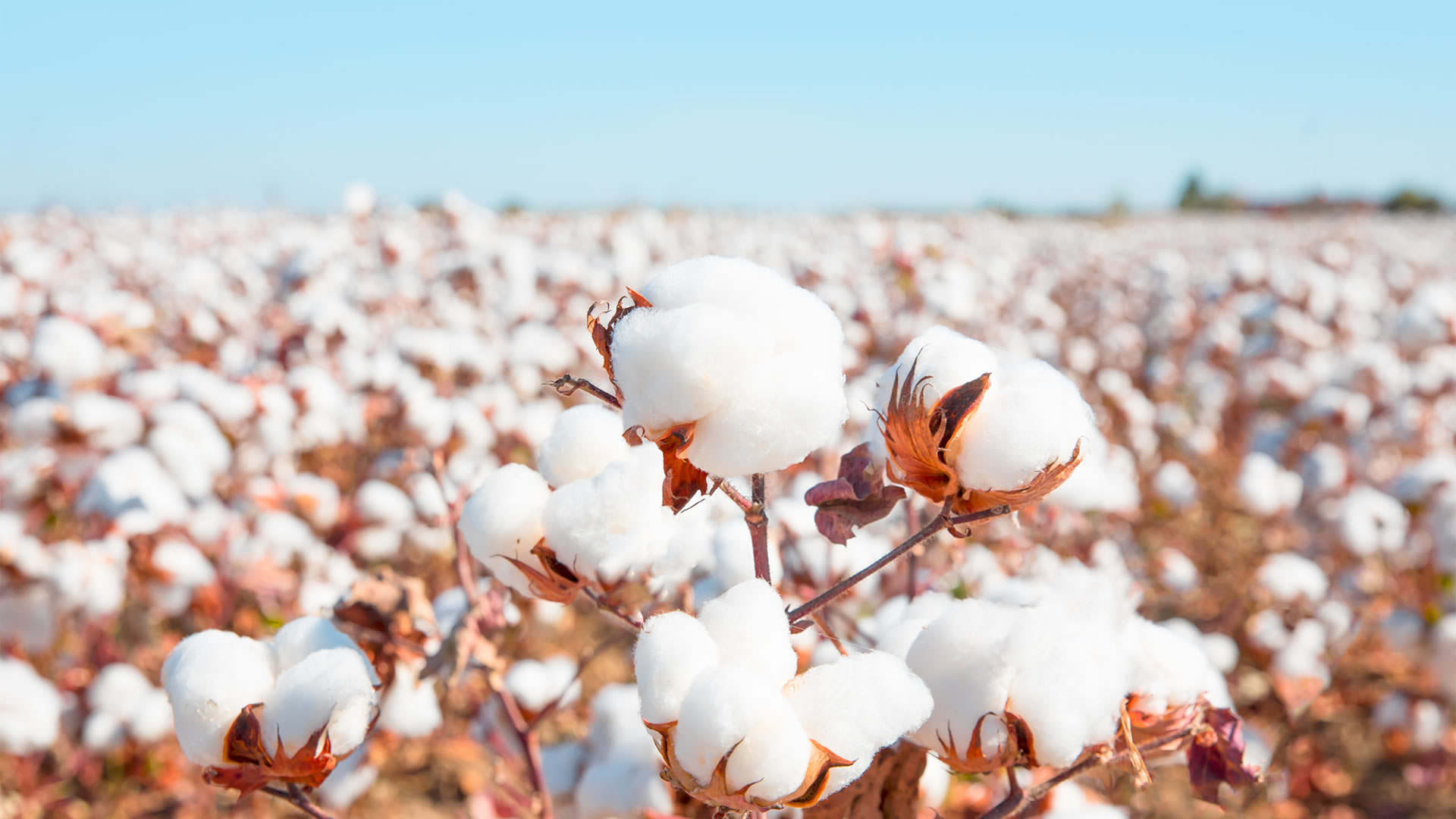
By Tapiwa Nyasha Mutonda
The recent drought and extreme heat across Zimbabwe have severely impacted the agricultural sector.
Even though cotton is regarded as a drought-tolerant crop, the value chain has not been spared.
The low-lying regions, which are major cotton-producing areas, have been particularly affected by the adverse weather conditions. This drought will result in a substantial reduction in the yield and quality of cotton crops.
The lack of adequate rainfall and high temperatures have caused cotton plants to wither and fail to reach maturity. Such adverse weather conditions resulted in forced boll splitting. As a result, farmers are experiencing one of the worst harvests in years.
The situation will not only impact the livelihoods of farmers but also poses economic challenges for the country and various sectors dependent on cotton production.
His Excellency, President Emmerson Mnangagwa has since declared drought a national disaster.
Over the years, cotton produced in Zimbabwe has enjoyed a reputation of being among the best, being the least contaminated across the globe.
Since the inception of major production, Zimbabwe has always had a grading system, whereby seed cotton at point of purchase would be graded into four basic grades (A, B, C and D). Contamination was a major criterion during the buying process.
Seed cotton quality in drought season
Due to climate change, the quality of seed cotton has over the years been on the downside:
- Poor rainfall pattern leads to discoloration of fibres,
- Prolonged dry spell leads to the quick drying of leaves which can adds trash in seed cotton,
- Forced boll split leads to weak or immature fibres,
- Insect stain due to inadequate application of chemicals.
In the 2022 marketing season, only 2% of seed cotton was in grade A, followed by 4% in grade B, while the bulk of seed cotton was in lower grades.
These less impressive grades call for greater and more concerted efforts by stakeholders in ensuring that Zimbabwe’s seed cotton regains its lost mojo. Pre-grading at homestead level is more crucial this year so that farmers can salvage the best out of their crop. Implied is that for the crop to fetch good grades, it should have minimum contamination.
Corrective action
In trying to correct this downward trend on cotton quality, the Agricultural Marketing Authority (AMA) has in recent years begun to resuscitate proper cotton grading and pushing for grade price differential payments.
In 2013, it begun the establishment of national cotton standards through the standard cotton grading boxes refurbishment exercise, a process whereby cotton grades are carefully displayed in sets of boxes showing the maximum acceptable downgrading factors in each box.
Furthermore, in line with SI 142 of 2009 as amended by 63 of 2011 and 118 of 2022, cotton contractors are required to pay grade differential prices.
Apart from payment by grades, AMA will ensure that grades are displayed at every buying point as feedback to farmers, so that they are aware of the grades awarded to them during the grading process.
Lastly, AMA is on a national drive, educating farmers through farmer field schools and the establishment of demonstrations plots in all cotton growing areas.
Cotton quality factors
The quality of cotton fibre in a pack depends on many factors that include variety, weather conditions, cultural practices, harvesting and storage practices, moisture and trash content, ginning processes, post packing storage and general handling practices.
Certain quality characteristics are highly influenced by genetics, while others are determined by environmental conditions, cultural practices, or by harvesting and ginning practices.
Other common downgrading factors include colour background, insect stain, soil stain, weak of immature fibres and leaf trash.
Moreso, seed cotton can be rejected for various reasons during grading. It is rejected when contaminants are identified during the grading process and these are; polypropylene, oil, grease of fuel contamination, high moisture content above 12.5%, burnt or scorched cotton and, sticks or stones inside a seed cotton pack.
Fibre quality is highest the day a mature cotton boll opens. Weathering, mechanical harvesting, handling, and ginning can diminish the natural quality of cotton. As for our Zimbabwean cotton, it is hand-picked hence the natural quality should be harnessed from the field and maintained.
What is cotton grading
It is the visual interpretation or appraisal of seed cotton so as to identify similarities in quality through comparison with physical and descriptive standards depicted in national cotton standard grading boxes in line with SI 142 of 2009. Manual grading is based on appearance and feel and is accomplished mainly through the human senses of sight and touch.
Meanwhile, preparations for the 2024 cotton marketing season are gathering pace, with AMA engaging stakeholders to finalize marketing modalities for the upcoming season.
It is hoped that farmers carry out pre-grading at farm level. Farming is a business so quality matter. Pre-grading helps in identifying any potential issues or deviations early on, allowing farmers to take corrective actions if needed. It can assist in grading cotton based on quality parameters, which can be beneficial in ensuring that the product that goes to the buying point is of high-quality standards so that it fetches good prices.
Tapiwa Nyasha Mutonda is AMA agricultural quality inspector.
Word from the market is a column produced by the Agricultural Marketing Authority (AMA) to promote market-driven production. Feedback cchiduku@ama.co.zw or WhatsApp/Call +263781706212.





